The Illusion of Young Luke Skywalker: How Star Wars Resurrected a Legend with AI and CGI
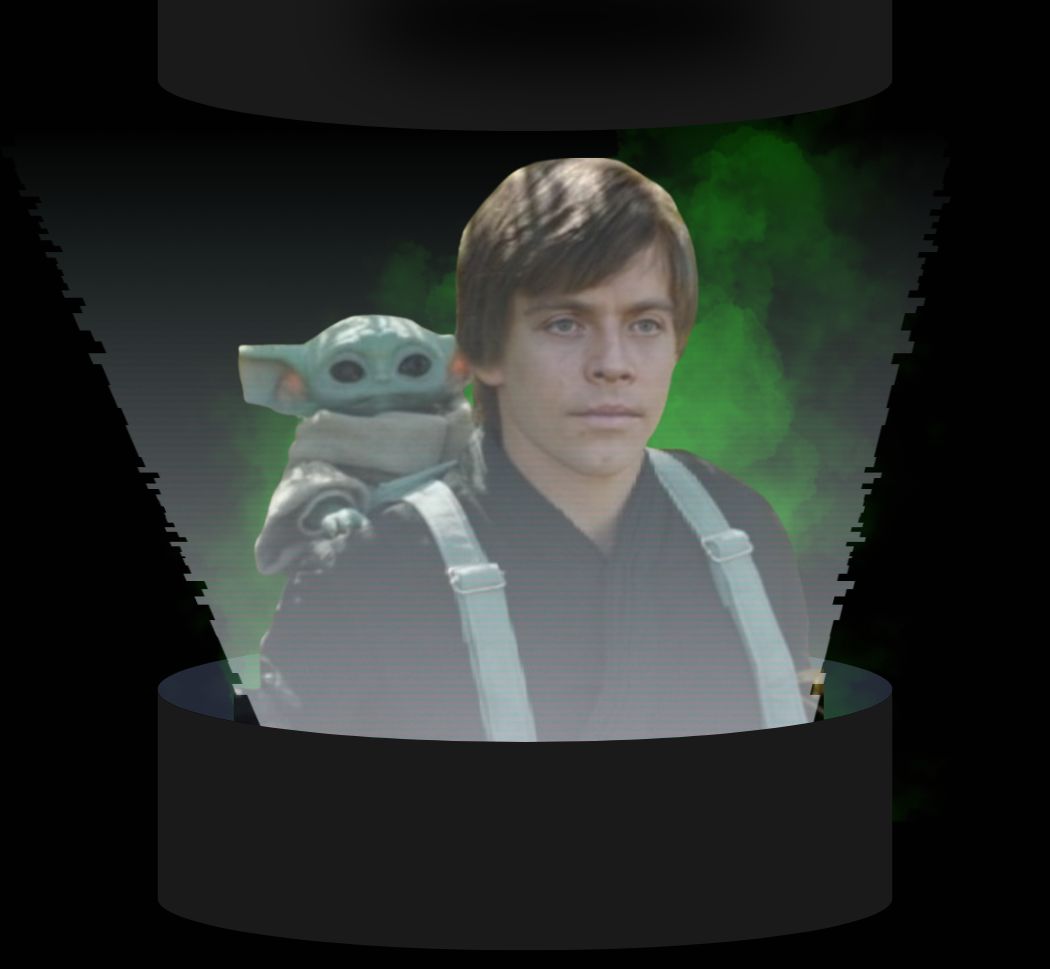
Luke Skywalker’s stunning return in The Mandalorian was achieved through a mix of CGI, deepfake technology, and AI voice cloning. Mark Hamill lent his presence, but not his voice—Respeecher’s neural network recreated his 1980s tone while Max Lloyd-Jones acted as his double. This digital resurrection pushed boundaries, blending emotion and illusion, and opened up powerful, if unsettling, possibilities for the future of storytelling.
The Illusion of Young Luke Skywalker: How Star Wars Resurrected a Legend with AI and CGI
When The Mandalorian Season 2 finale unveiled a cloaked figure wielding a green lightsaber, Star Wars fans around the world held their breath.
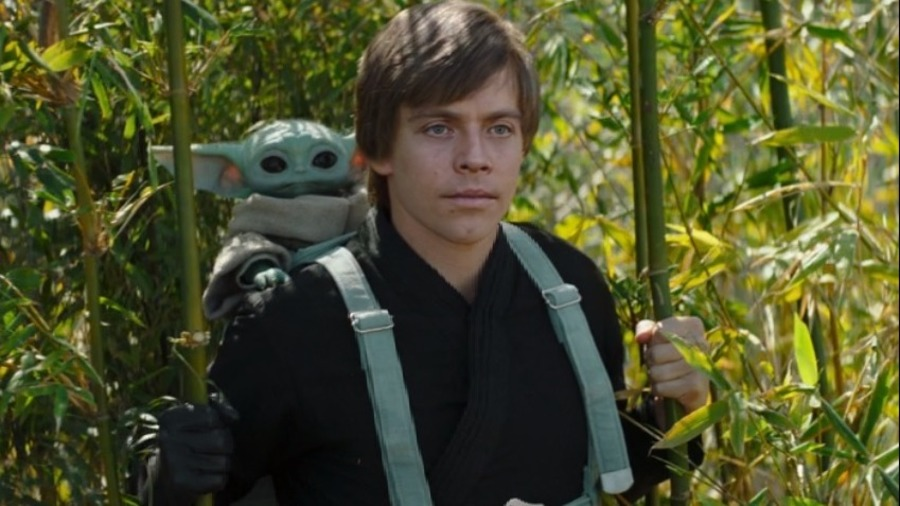
The hood came down—and there he was: young Luke Skywalker. Not a recast, not merely a flashback, but a digitally resurrected version of the legendary Jedi Knight, brought to life with a stunning fusion of AI, deepfake artistry, and voice cloning.
Mark Hamill lent his blessing and performance, but the face was crafted through CGI, the voice generated by the AI tool Respeecher, and the movements embodied by Max Lloyd-Jones. This moment was more than nostalgia—it was a technological milestone and a philosophical experiment.
Guided by Jon Favreau and drawing from a galaxy of influences that includes Clone Wars, Star Wars Rebels, and even creators like George Lucas and Kathleen Kennedy, the scene blurred the lines between memory and innovation.
As we explore the methods behind resurrecting a perfect Luke Skywalker, we also confront what it means to bring legacy characters back from a bygone Star Wars movie era—whether they first appeared in Episode IV, Episode V, or Episode VI.
This isn’t just a Star Wars story about advanced effects. It’s a tale about how our love for Luke Skywalker, Anakin Skywalker, and the broader Skywalker saga continues to evolve—one frame at a time.
Mark Hamill Was Digitally Rejuvenated to Portray Young Luke Skywalker in The Mandalorian
In 2020, Mark Hamill returned to play Luke Skywalker—only this time, he didn’t fully look like Mark Hamill.
To recreate the younger version of the lightsaber wielding Jedi Master for The Mandalorian’s finale, Lucasfilm combined Hamill’s on-set performance with digital wizardry that sculpted his face back to its Return of the Jedi era.
The result? A version of Luke that looked plucked from the past, brought to life through advanced de-aging effects and a younger body double, Max Lloyd-Jones, who mimicked Hamill’s mannerisms in sync.
While Hamill performed scenes inside a specialized lighting rig dubbed “The Egg,” Lloyd-Jones physically portrayed the Jedi in action. This intricate tag-team approach allowed artists to blend past and present seamlessly—using Hamill’s expressions and voice as the emotional anchor, while machine learning helped paint the illusion of youth.
The Techniques Star Wars Used to Recreate Mark Hamill’s Youthful Luke for The Mandalorian and Beyond
Reconstructing Luke Skywalker wasn’t as simple as using CGI makeup. Instead, The Mandalorian relied on a hybrid approach.

A deepfake algorithm was trained on decades of archival footage—from interviews to original trilogy outtakes—to build a comprehensive library of Mark Hamill’s younger face. This neural network then overlaid expressions from Max Lloyd-Jones’ performance to generate facial realism frame by frame.
Simultaneously, Hamill recorded performance footage for reference, standing inside a high-resolution lighting rig to capture texture and lighting details under controlled conditions. While The Mandalorian still used some traditional VFX de-aging, it was The Book of Boba Fett that pushed the envelope.
That version of Luke barely involved Hamill at all. Instead, it leaned fully into synthetic realism—crafted by algorithms, shaped by body doubles, and, as fans would later learn, voiced entirely by AI.
Other Appearances Where Mark Hamill’s De-aging Tech Has Been Applied
Luke’s de-aged face in The Mandalorian might’ve been a surprise, but it wasn’t Lucasfilm’s first rodeo. In Rogue One, Grand Moff Tarkin and Princess Leia were both resurrected using early CGI superimposition over body doubles.
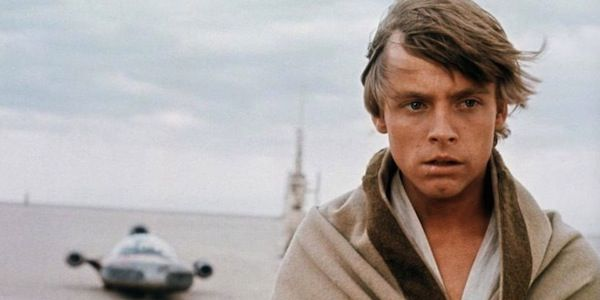
The Last Jedi briefly used archival footage to recreate young Luke and Leia during a flashback sequence. By the time The Mandalorian rolled around, audiences were already familiar with digital resurrection—but what made it revolutionary was Mark Hamill’s direct involvement and the seamless combination of multiple technologies.
Initially, Hamill assumed he’d be recast, perhaps by a younger actor like Sebastian Stan—long rumored by fans due to his uncanny resemblance. But Favreau and his team insisted on Hamill’s likeness and participation, seeing it not as a gimmick but as a responsibility to authenticity.
The Book of Boba Fett’s CGI Luke Skywalker: A Stunning Achievement with Unsettling Ramifications
When Luke Skywalker appeared again in The Book of Boba Fett, the reaction was different.
The visual fidelity was sharper, the movements more fluid, the mouth less robotic. But it also raised a chilling question: If an actor’s face and voice can be perfectly replicated without them even being present, what’s to stop studios from preserving—and profiting from—characters forever?
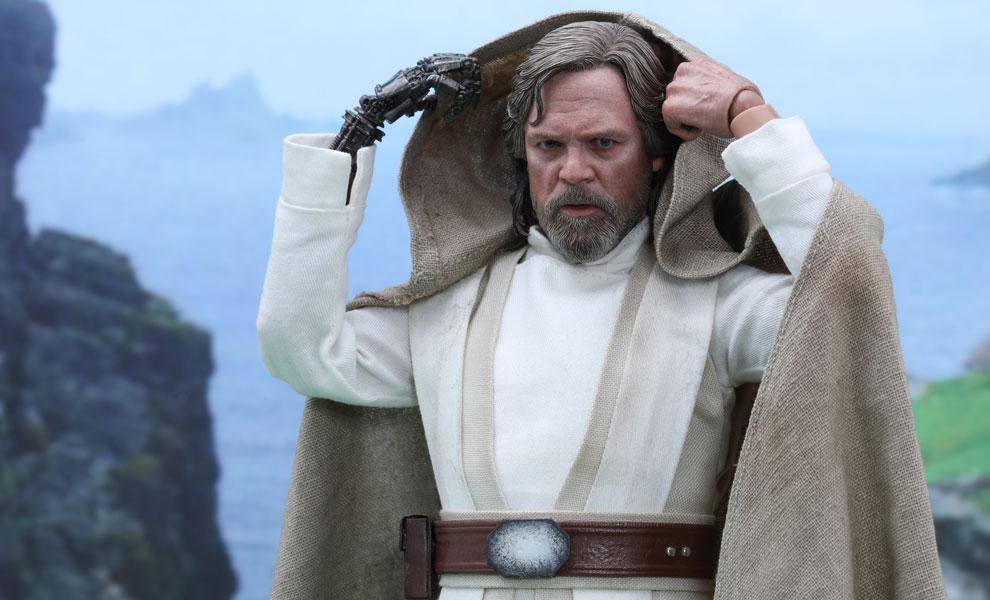
In Boba Fett, Luke trains Grogu with a grace and intensity that feels authentic, yet Mark Hamill never stepped on set. The voice wasn’t recorded by him either.
It was Respeecher, an AI voice cloning system. The entire performance was assembled from fragments of the past. And as astonishing as it looked, the episode felt like a test case for an uneasy future—where digital ghosts might outlive the humans who inspired them.
Respeecher’s Voice AI Recreated the Youthful Voice of Luke Skywalker in The Mandalorian
Luke Skywalker’s voice in The Mandalorian was never spoken by Mark Hamill. Instead, it was synthesized by an artificial intelligence system called Respeecher.
Using archival recordings—everything from old ADR sessions to radio plays—Respeecher trained its neural network to mimic Hamill’s 1980s vocal tone. Only about 30 minutes of clean audio was needed to begin.
From there, the software could generate entirely new lines of dialogue, delivered in a voice nearly indistinguishable from the original.
For fans, the illusion was complete. But the fact that nobody noticed—not even after months—shows just how advanced voice cloning has become.
The Technical and Creative Obstacles
The biggest hurdle wasn’t just creating a young Luke—it was doing so convincingly enough to avoid breaking immersion.
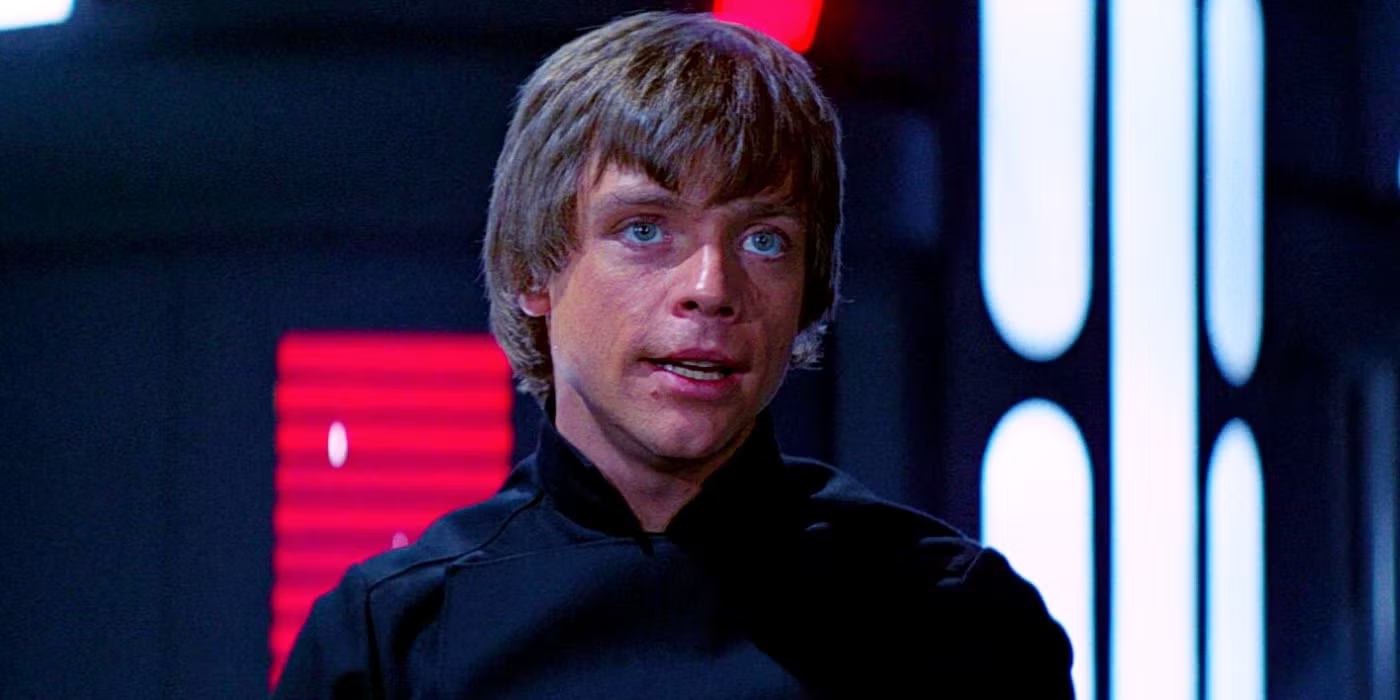
The team had to coordinate real-time performances between Hamill and Lloyd-Jones, manage tight shoot windows, and synchronize facial lighting conditions for post-production. Deepfake tech demanded enormous data input, while voice cloning required rare, high-quality audio archives from decades past. All this while maintaining secrecy.
Director Peyton Reed and showrunner Jon Favreau were determined to keep Luke’s appearance under wraps, with hundreds of crew members sworn to silence. It worked. When Luke’s hood dropped on-screen, it was as much a victory of cinematic illusion as it was of secrecy.
Key Stats and Milestones from the Project
Luke Skywalker’s cameo in The Mandalorian Season 2 finale marked one of the most tightly guarded secrets in modern TV history.
Over 24 Emmy nominations followed the series’ success, while the de-aging pipeline itself represented a 2.5D process—merging 2D deepfake textures with 3D performance modeling. The age gap being bridged? Roughly 30 years.
From Respeecher’s AI-synthesized voice to Lola VFX’s facial work, every element came together for just a few minutes of screen time that captivated millions and reshaped expectations for what’s possible on television.
An Overview of How Voice Cloning Technology Functions
Voice cloning, like that used by Respeecher, begins by gathering clean audio samples of a target voice—usually around 30 minutes' worth.
The AI system then dissects the voice’s cadence, tone, and pronunciation patterns using deep learning models. Once trained, the algorithm can generate new lines that sound like they were spoken by the original person.
The fidelity can be uncanny, especially when paired with audio-enhancing tools like super-resolution algorithms. In the case of Luke Skywalker, the result was a pitch-perfect recreation of Mark Hamill’s younger voice—entirely artificial, but emotionally convincing.
How Respeecher’s Voice Tech Reconstructed Luke Skywalker’s Younger Voice
To recreate young Luke’s voice, Respeecher tapped into a treasure trove of vintage recordings: radio interviews, audiobook narration, ADR sessions, even old Star Wars radio plays.
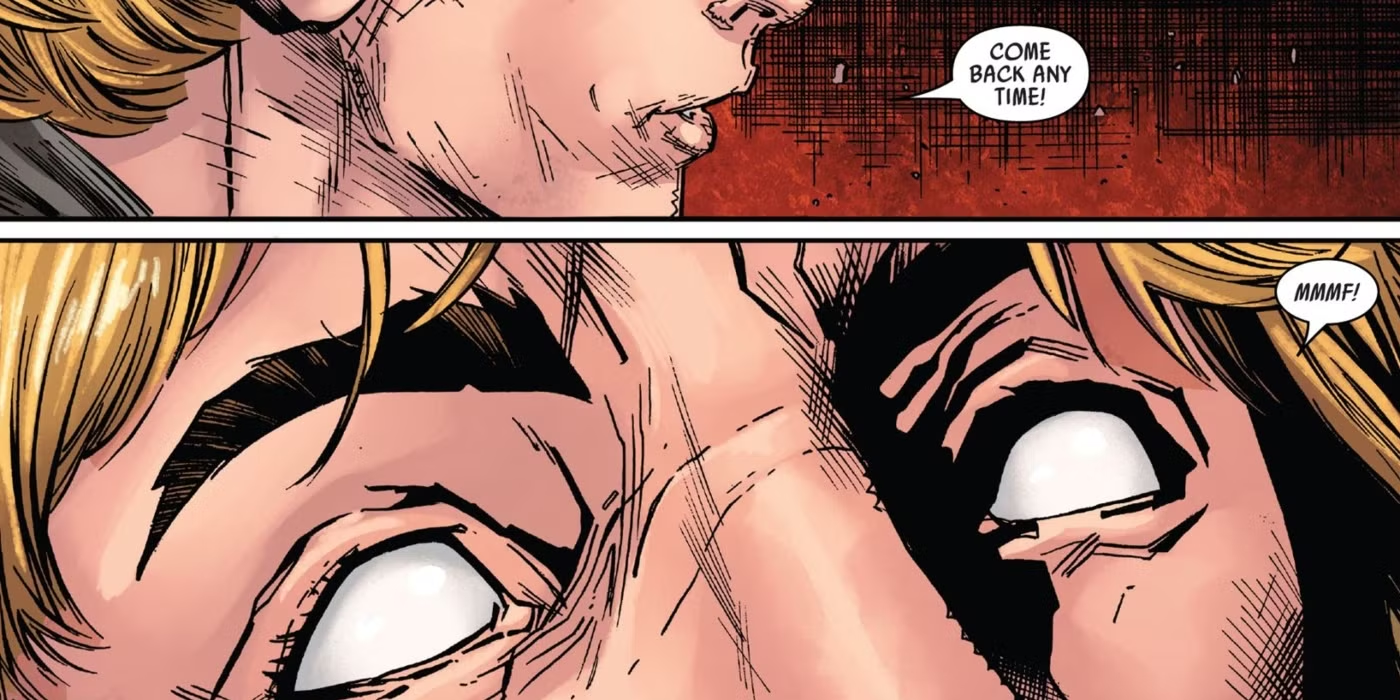
Sound editors curated and cleaned these samples before feeding them into Respeecher’s neural network. The AI then began generating new lines, which were tested and refined until they passed the ultimate challenge—sounding indistinguishable from 1983-era Hamill.
According to Jon Favreau, even industry insiders didn’t realize the voice was fake. That’s a testament not just to the tech, but to how convincingly it merged past and present.
Mark Hamill Shares His Opinions
While he’s now stepped away from the role, Mark Hamill hasn’t been shy about his feelings. He publicly praised Grant Feely, the child actor cast as young Luke in Obi-Wan Kenobi, calling him a perfect choice.
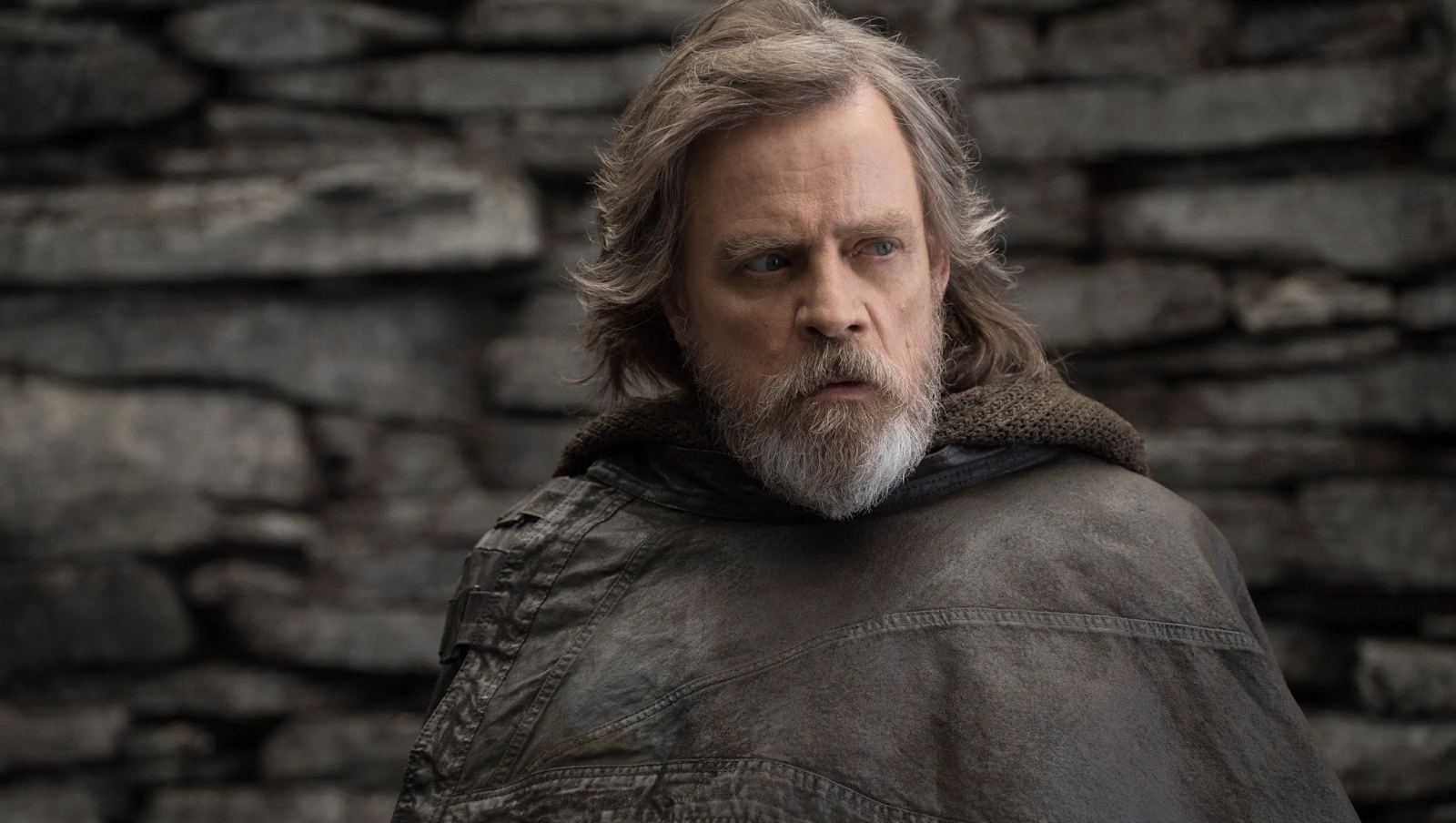
At the same time, Hamill has voiced discomfort with some creative directions, particularly Luke’s arc in The Last Jedi. But when it came to digitally revisiting the character, he understood the significance.
Hamill has said he wasn’t initially convinced by the idea of returning as Luke through visual effects, but he ultimately saw it as a meaningful way to pass the torch. If they hadn’t used CGI, Hamill once joked, he might’ve cast someone like Sebastian Stan to take the mantle.
Final Thoughts
The digital rebirth of young Luke in The Mandalorian and The Book of Boba Fett represents more than just technical achievement—it is a meditation on legacy, memory, and the future of storytelling in the Star Wars universe.
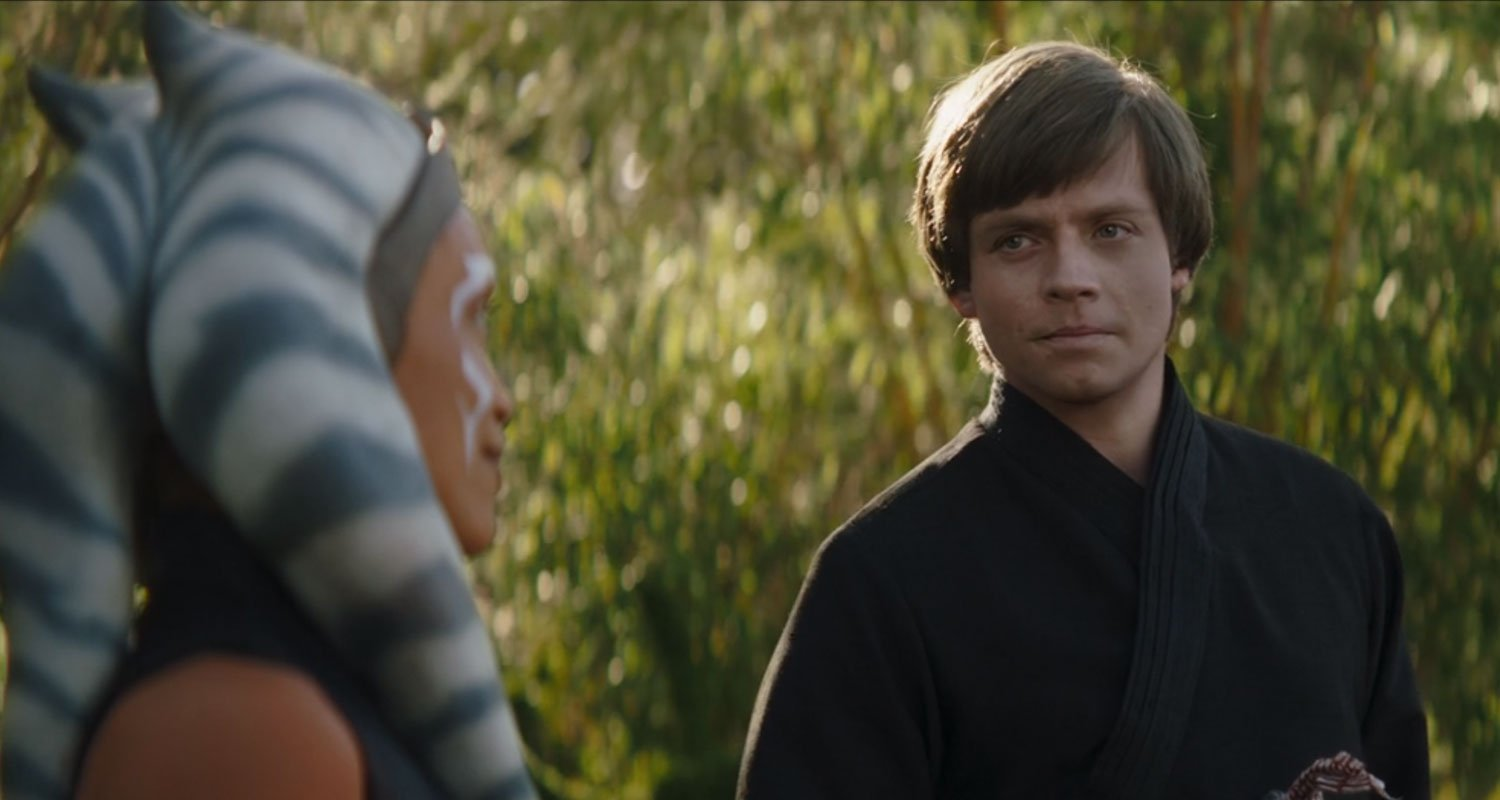
With Mark Hamill’s likeness reimagined through layers of VFX and machine learning, and his iconic voice cloned by neural networks, the illusion was nearly flawless—so much so that many fans didn’t realize they were watching a character partially constructed from data.
This feat invites comparison to other genre-bending creations seen in franchises like Stranger Things, or even Apple TV's more grounded dramas like Ted Lasso, where the emphasis is often placed on the actor’s presence and soul. But here, the actor himself is both present and digitally abstracted.
While performers like Jacob Tremblay or Jason Sudeikis have carved out fame through more traditional means, this new frontier raises questions about artistic identity, longevity, and consent—especially for beloved figures like Luke, Darth Vader, or even Obi-Wan, once again played by Ewan McGregor.
As we look ahead to future projects—from Episode IX to spin-offs guided by creatives like J.J. Abrams, Rian Johnson, or Brett Goldstein—one truth remains: the Force is still strong in Star Wars, but how we engage with its icons, both past and future, is shifting. And for fans of young Luke Skywalker, that shift offers wonder, unease, and no shortage of debate across every Star Wars Celebration and holonet forum in the galaxy.















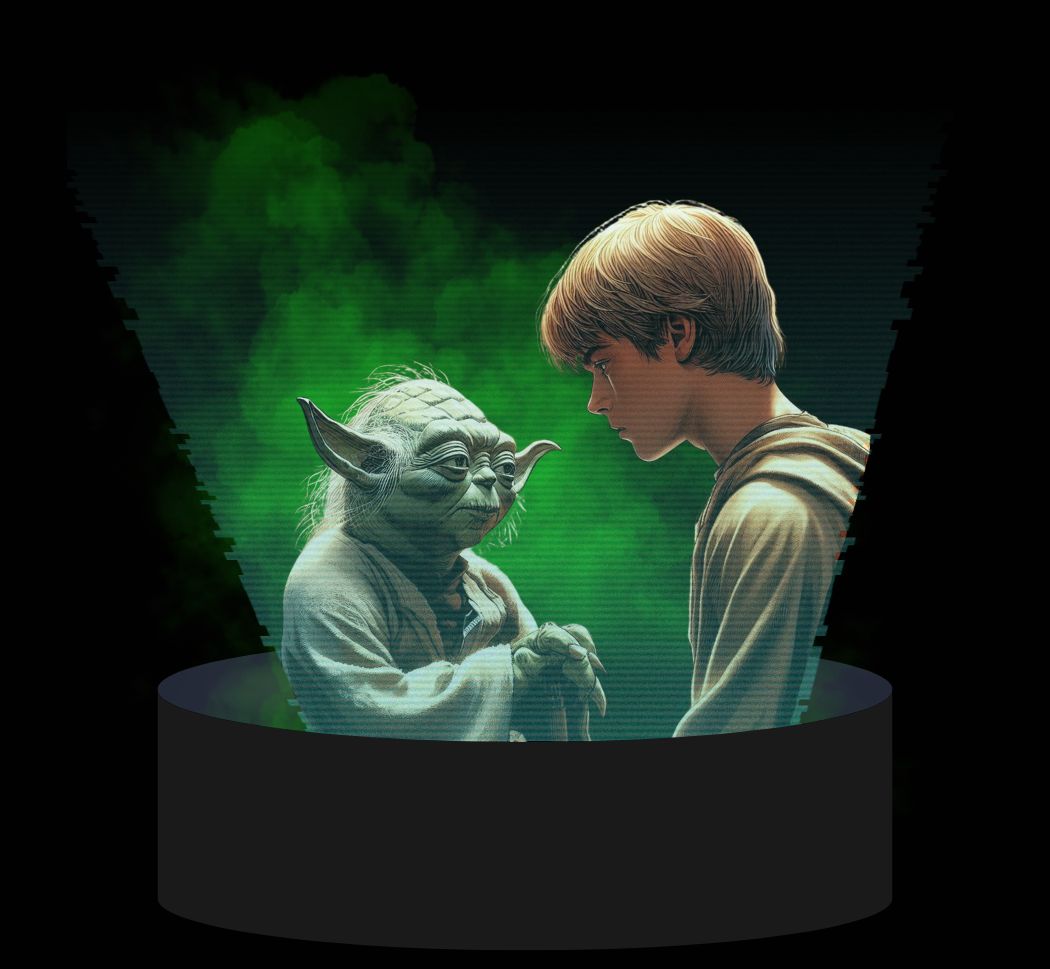






.jpg)
